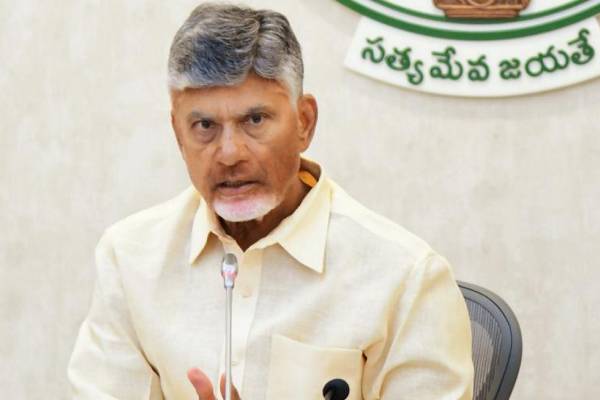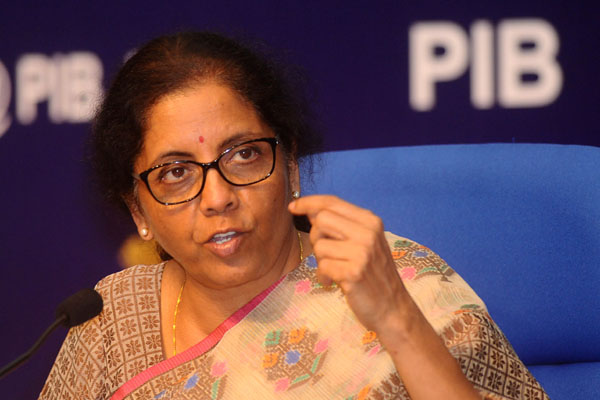The planned merger of the 10 Public Sector Banks (PSBs) into four entities is slated to result in lower non-performing assets, larger balance sheets, high risk appetite, more customers and global reach.
Accordingly, the latest announcement comes after a similar exercise was conducted with the State Bank of India when it was merged with 5 other banks.
Just a year back, the government had amalgamated the Bank of Baroda with two other banks which resulted in a strong result in strong retail loan growth, robust CASA (current account savings account) and bigger profits.
The government’s logic, merge weak state-owned banks with large ones, is aimed at shoring up balance sheets and get the entire entity out of the Reserve Bank’s Prompt Corrective Action guidelines.
By carrying out the second wave of banking reform, the government wants to scale up their lending ability, a key to India becoming $5 trillion economy by 2024-25. Experts have said that credit offtake has to grow by 18-20 per cent annually against about 12 per cent now to achieve the target.
“For an economy that is aiming to reach the $5 trillion mark, we need a very strong and stable banking sector that can efficiently meet the credit requirements,” FICCI President Sandip Somany said.
Srikanth Vadlamani, Vice President, Financial Institutions Group, Moody’s Investors Service termed the government move on PSBs incremental rather than structural, adding the quality of their implementation will determine the effectiveness.
In case of merger between the Oriental Bank of Commerce and the United Bank of India with the Punjab National Bank, the government expects the new entity to have a total business of Rs 17,94,526 crore, whereas the PNB on standalone basis had only Rs 11,82,224 crore.
The new entity will have total branches of 11,437 and a net NPA ratio of 6.61 per cent compared with PNB’s 6,992 branches and 6.55 per cent.


































